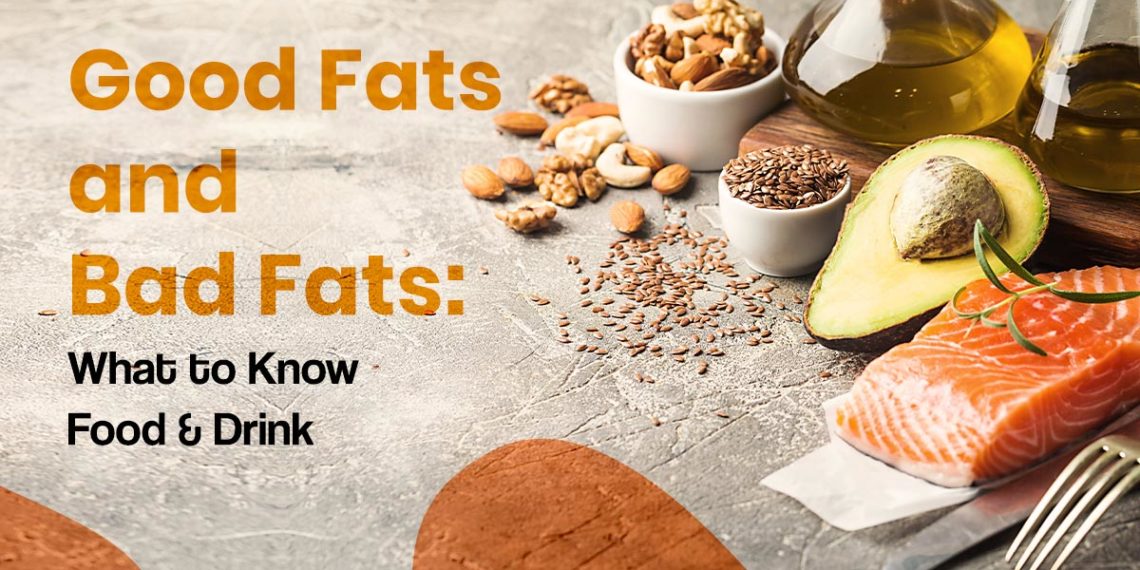Fats are typically considered a bad thing for your diet. The truth is that there are good fats and bad fats. Good fats are necessary as part of a healthy diet. Learn to distinguish the good fat from the bad fat, and to include healthy fats in your meals.
Fat Education
All fat is not bad for you, although people have heard that they should avoid fat in the past. Fat is actually a nutrient.
Your body needs some fat for energy. You need some fat to absorb vitamins and to maintain healthy skin. Fats also make up cell membranes.
There are good fats that you should include in your diet and fats that you should limit and avoid altogether.
The Bad News
Limit your intake of saturated fats, which are found in red meat, whole fat dairy products, butter and ice cream. The American Heart Association explains that saturated fats raise your “bad” cholesterol and increase your risk of cardiovascular disease.
Avoid trans fats, which are found in fried foods, packaged snacks and pasties, and vegetable shortening. Artificial trans-fat is linked to stroke and heart disease. It also contributes to insulin resistance and lowers HDL or “good cholesterol.”
The Good News
Healthy fats include monosaturated and polyunsaturated fats. They help to lower bad cholesterol and increase good cholesterol, lower blood pressure, fight inflammation, lower the risk of strokes and heart attacks.
These fats are found in avocados, olives, and peanut butter. Enjoy healthy fats in certain fish, certain nuts such as walnuts and almonds, and soybean or canola oil



